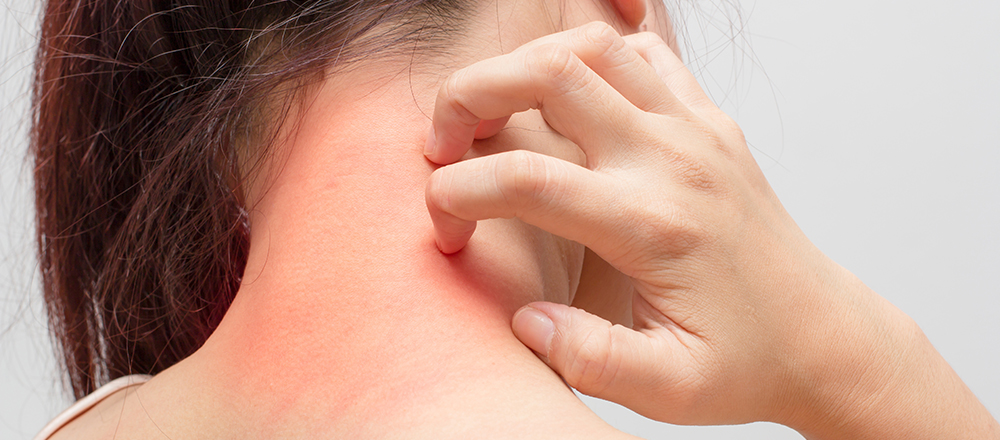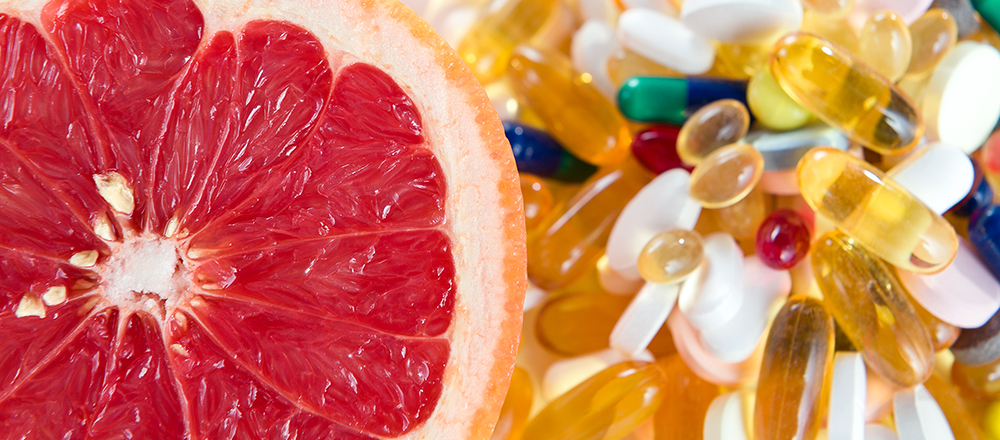At-Home Treatment for Eczema and Dry Skin
February 4, 2021By: Brian Matthys
Categories: Live Healthy, Prevention

If you’re one of the 3 million people suffering from eczema each year, you probably know the woes of wintertime flare-ups. But if you’re experiencing unexplained itchy and inflamed skin right now, you may have undiagnosed eczema or good, old-fashioned dry winter skin.
Is It Eczema or Dry Skin?
During the winter months, I get asked this question a lot. While there’s no hard-and-fast answer, there are some telltale signs that can help rule in eczema. For instance, eczema often first appears in young children and sometimes continues into adolescence and adulthood. It typically presents as a red rash on the face, hands and feet, and/or inside of elbows and knees. Because eczema is an autoimmune disease that causes an allergic reaction, it’s often extremely itchy – sometimes to the point that the skin develops blisters or becomes cracked and bleeds.
Dry skin, on the other hand, is more common in teenagers and adults. It usually affects the arms, legs, abdomen and soles of the feet. Like eczema, your hands can also be affected. However, unlike its counterpart, which can be chronic and painful, dry skin is often sporadic and only slightly uncomfortable.
Caring for Dry Skin and Eczema
Whether you’re suffering from eczema or dry skin, some simple changes can offer great relief.
Relieve dry or itchy skin by:
- Avoiding clothes with wool or nylon
- Gently patting down (instead of rubbing) skin after showers
- Moisturizing daily with a thick, perfume-free moisturizer such as Vanicream™
- Running a humidifier
- Staying hydrated
- Using warm, never hot, water
- Washing your hands and body with skin care products that are alcohol-, dye- and fragrance-free
Like you, your skin is one-of-a-kind. Because of this, you may require specialized care.
If you’re still unsure what ails you or your symptoms worsen, talk with your primary care doctor, who may refer you to a dermatologist.



